The world of robotics is evolving rapidly, with artificial intelligence (AI) at the forefront of making robots more capable, versatile, and integrated into human life. From automated assistants in homes to robots working alongside humans in factories and healthcare facilities, the rise of smart robots marks a significant shift in how we interact with machines. AI is revolutionizing human-robot interaction (HRI), enabling robots to perform tasks more naturally and intuitively, fostering collaboration and improving everyday experiences.
This article delves into how robots are being designed to interact with humans, examining the role of AI in these advancements, the improvements in technology, and the challenges that still lie ahead. With applications spanning industries like healthcare, manufacturing, and service, smart robots are set to change the way we live, work, and engage with the world around us.
1. The Evolution of Human-Robot Interaction
Historically, robots have been seen as tools or machines designed to perform specific tasks, often in highly controlled environments like factories. These early robots were typically programmed with rigid instructions, performing tasks such as assembling parts or lifting heavy loads in a precise and repetitive manner. While incredibly efficient, their interaction with humans was limited, often restricted to pre-programmed functions with little to no adaptability to human behavior.
However, the advent of AI has significantly altered this dynamic. Modern robots are being designed with the capacity to learn, adapt, and respond to human needs in ways that were once thought impossible. Natural language processing (NLP), machine learning, and computer vision have empowered robots to recognize and interpret human emotions, gestures, and commands, opening the door to more intuitive and responsive interactions.
The goal of these advancements is not just to create robots that can execute tasks but to build robots that can engage with people on a more personal and meaningful level. The collaborative robots, or cobots, that are emerging today are able to work side by side with human counterparts, learning from their actions and adjusting their behavior to fit different work environments.
2. AI’s Role in Enhancing Robot Capabilities
AI is the backbone of many advancements in robotics, as it enables robots to make decisions, learn from their surroundings, and adapt their behavior based on the feedback they receive. Here are some of the key AI technologies contributing to better human-robot interaction:
1. Machine Learning (ML)
At the heart of many smart robots is machine learning—a type of AI that allows robots to improve their performance through experience. Instead of relying solely on pre-programmed instructions, robots equipped with machine learning can analyze data from their environment and adjust their actions accordingly. This is particularly useful in dynamic environments where tasks and conditions are constantly changing.
In factories, for instance, robots using ML can learn the most efficient way to move objects, improving productivity over time. In healthcare, robotic assistants can observe how humans interact with them and adjust their behavior to become more effective at assisting with tasks like medication management or rehabilitation exercises.
2. Natural Language Processing (NLP)
One of the most exciting developments in HRI is the integration of natural language processing (NLP). NLP enables robots to understand and respond to human language, whether it’s spoken or written. AI-powered robots can now follow voice commands, understand questions, and engage in simple conversations with humans.
For example, assistive robots in the home can respond to voice commands like “Turn on the lights” or “Find my glasses,” making everyday tasks more accessible. In customer service, robots powered by NLP can engage with customers in a conversational manner, providing information or assisting with queries in real time.
NLP is also crucial for emotional intelligence in robots. By analyzing tone, pitch, and word choice, AI can interpret emotions, allowing robots to respond empathetically. This has wide-ranging applications in healthcare, where robots can comfort patients, especially the elderly, by recognizing signs of distress and offering reassurance or assistance.
3. Computer Vision
Another transformative AI technology is computer vision, which allows robots to “see” and interpret the world around them. With advanced cameras and image recognition software, robots can detect objects, recognize faces, and understand their environment. This is essential for robots working in environments where human interaction is frequent, such as in homes, hospitals, or public spaces.
For instance, delivery robots can navigate crowded areas by detecting obstacles and avoiding collisions, while healthcare robots can monitor patients for signs of distress or adjust medical equipment based on visual cues. By combining computer vision with AI, robots can interact more fluidly with humans, understanding and responding to physical movements and facial expressions.
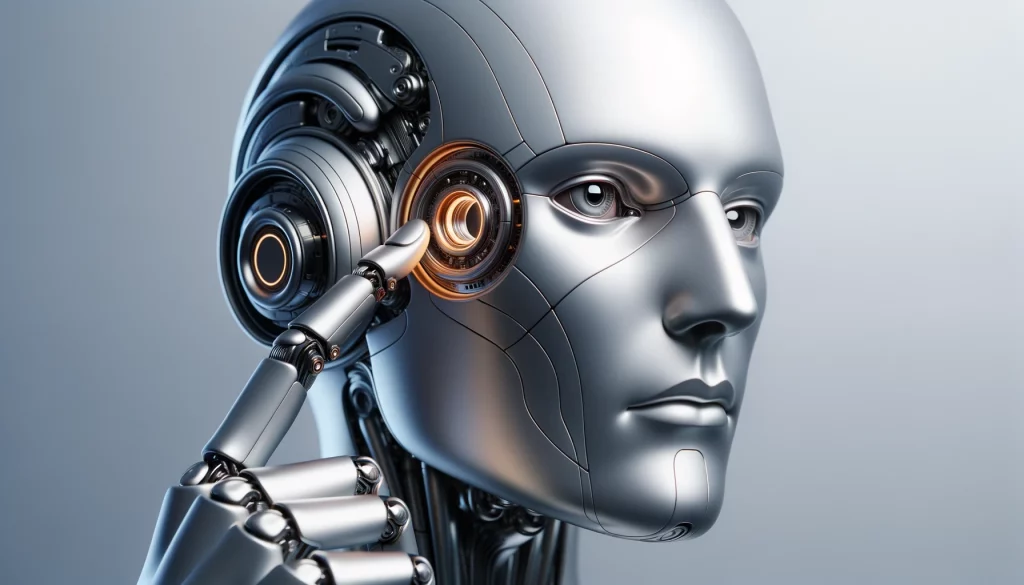
3. Types of Smart Robots and Their Applications
The integration of AI into robots is giving rise to a variety of smart robots, each with specific capabilities and applications designed to enhance human-robot interaction in different contexts. These robots are designed to serve as helpful assistants in industries such as healthcare, manufacturing, service, and home automation. Here are some key examples:
1. Healthcare Robots
The healthcare industry is seeing some of the most promising developments in human-robot interaction. AI-powered robots in healthcare are being used to assist with surgery, provide rehabilitation therapy, deliver medication, and care for patients.
Surgical robots, such as Intuitive Surgical’s Da Vinci System, offer enhanced precision, enabling surgeons to perform minimally invasive procedures with greater accuracy. These robots use AI to process real-time data, adjusting movements and providing feedback during surgeries.
In rehabilitation, robots like Toyota’s HSR (Human Support Robot) and ReWalk assist patients with physical disabilities, enabling them to regain mobility and perform daily activities. These robots use AI to adapt their movements to suit each patient’s specific needs, promoting recovery through personalized interactions.
2. Industrial and Service Robots
In manufacturing and logistics, collaborative robots (cobots) are becoming more common. Unlike traditional robots, cobots are designed to work alongside humans, complementing their abilities rather than replacing them. AI helps cobots learn from human actions and adjust their tasks accordingly.
In the service industry, robots equipped with AI are taking on roles ranging from customer service agents to bartenders. SoftBank’s Pepper robot, for example, can greet customers, answer questions, and provide entertainment in retail settings. AI enables Pepper to learn and adapt to customer behavior, creating a more personalized and engaging experience.
3. Home Assistant Robots
In the realm of home automation, robots are becoming more advanced in assisting with daily household tasks. AI-powered robots such as vacuum cleaners and personal assistants are becoming smarter and more capable. Robots like iRobot’s Roomba use AI to navigate the home, map out rooms, and clean more efficiently over time.
Home assistant robots can also help with elderly care, offering companionship and assistance with daily activities like medication reminders or mobility support. These robots can learn the routines of their human companions and adjust their behavior to fit the needs of the household.
4. Social and Educational Robots
AI is also making its way into the social and educational spheres. Robots like Jibo and Moxie are designed to interact with children, teaching them social skills, creativity, and problem-solving. These robots use AI to tailor their interactions to the child’s age, learning pace, and emotional state, making the experience both educational and engaging.
In schools, robots are being used to teach coding, mathematics, and language skills, fostering an interactive and personalized learning environment. These robots can adjust lessons based on a student’s progress and provide instant feedback, making learning more dynamic and enjoyable.
4. The Future of Human-Robot Interaction
As AI continues to improve, the future of human-robot interaction holds immense potential. Robots are expected to become more emotionally intelligent, capable of understanding human emotions and providing comfort and support. AI advancements will enable robots to learn more efficiently from humans and adjust their behavior to meet individual needs, allowing for greater collaboration and trust between humans and robots.
However, there are challenges ahead. Ethical concerns regarding AI’s role in society, privacy issues, and the potential for robots to replace jobs in certain industries will require careful consideration. There are also technical hurdles to overcome, such as improving the adaptability and safety of robots in human-centric environments.
Despite these challenges, the rise of smart robots represents an exciting new frontier for human-robot interaction. As AI continues to evolve, robots will become more integrated into our lives, helping us in ways that were once imagined only in science fiction. The future is promising, with robots playing a key role in creating more efficient, empathetic, and productive environments.
5. Conclusion
The rise of smart robots, powered by AI, is transforming how humans interact with machines. These robots are becoming more intuitive, adaptable, and capable of performing complex tasks that require close collaboration with humans. With applications in healthcare, industry, service, and the home, robots are changing the way we live and work.
As AI continues to evolve, human-robot interaction will only improve, creating opportunities for greater productivity, better care, and enhanced quality of life. By embracing these advancements, we can look forward to a future where robots are not only tools but trusted partners in our daily lives.




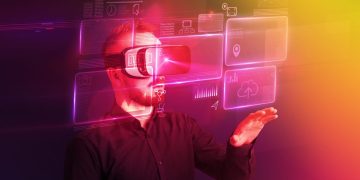











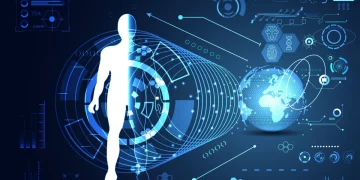



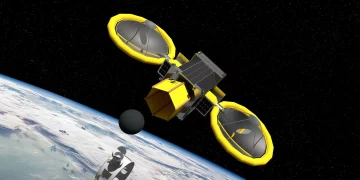




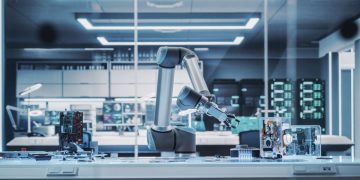








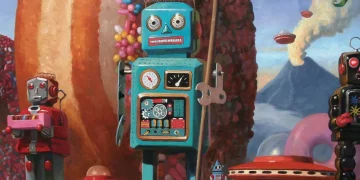


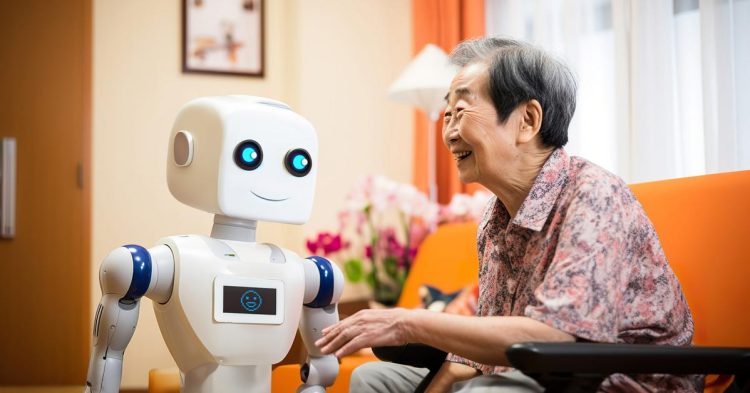












Discussion about this post